On writing this Blog for you, I’ve learnt something new. There are two translations for the word ‘Krama’. One is the Swedish translation, which means hugs and cuddles and the other is the Sanskrit word meaning Succession. Of course, in this instance I am talking about the latter, however, I find it so fitting that the Swedish one could so nicely be used into our Yoga ethos of kindness and compassion for ourselves and others.
So, back on track, the Sanskrit translation of succession, in yoga refers to the stages of a posture (asana) which we move through. This is often linked with the Vinyasa style, repeating sequences of postures slowly progressing to a deeper version of the peak posture. Within our classes I will often break down these Kramas into individual static postures, for you to feel the alignment properly before combining into a Vinyasa flow. This month during class we are looking at some of these Kramas in more detail and combining these with our options to modify the posture to suit our individual bodies.
Modifications? I hear you ask. Don’t worry, when I was training, I too took sometime to grasp the difference between Kramas, Modifications and wait for it, Variations too (but that’s for another time)! Modifications are options within a posture that help you into it, if you are finding it tricky physically. Or supporting you in it, if you have suffered an injury. For example, we may use a prop such a bricks under the hands in Uttansasana (forward fold) if we have a weak back or very tight hamstrings. This is some, yet not all the reasons for the bricks, others might be that they help as extensions for our arms if we cannot reach the floor, or as traction and leverage for folding more deeply. Belts might be used to lift the feet in Dhanurasana (Bow) pose, if we cannot yet reach them. Other modifications might include changing the shape slightly. Ustrasana (Camel) pose classically sends the head back, however those with a sore neck or whom feel dizzy with the head back will modify to have the head upright and the eyes forwards.
I could go on writing forever, telling you about the various Kramas and Modifications, however the true worth is in the doing. Coming to our mats, trying out the options and making the Yoga work for us individually. Choosing the Krama for the stage you are at in your practice. Choosing the modification you require according to your body. So you see, Yoga is for Every Body, it is the practitioner who thinks they cannot come into something and the work of a knowledgeable, skilled, patient teacher to encourage the student along their way.
Namaste

